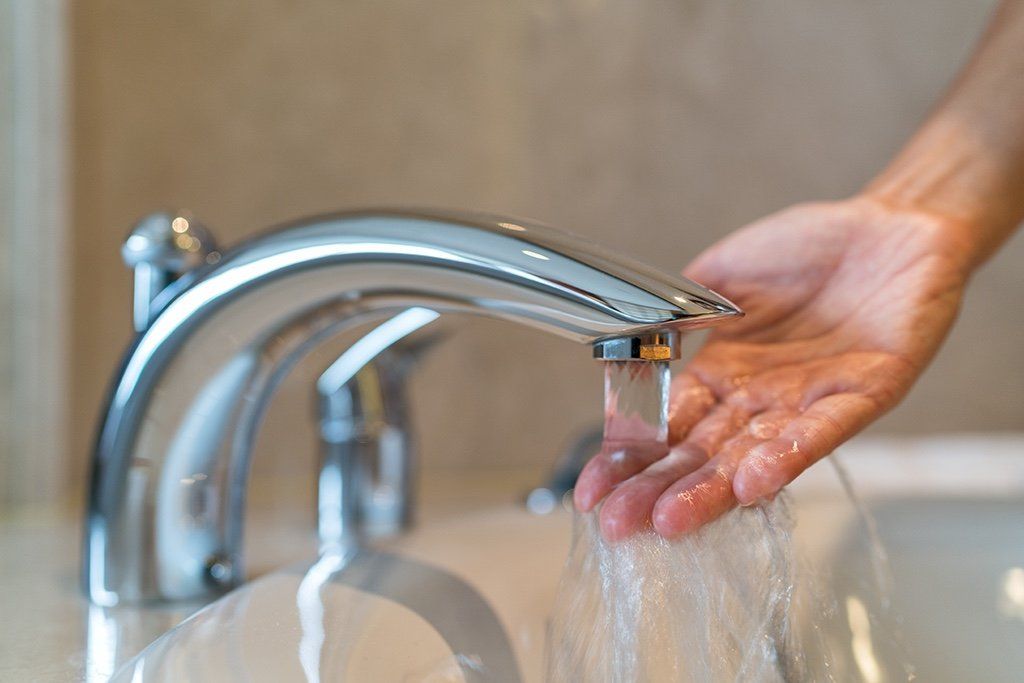Hot Water Heater Repair 101 | Tomball, TX
- By Admin
- •
- 09 Jan, 2020

Photo By Maridav at Shutterstock
Arguably one of the most important components in your Tomball, TX, home, is your water heater. Unless you turn it off while you're on vacation, you likely use it each and every day, usually repeatedly. Without it, you can't bathe and shower, you can't wash dishes, and you can't do laundry. So, when your water heater is on the fritz, life comes to a screeching halt (normal life, anyway). Let's take a look at hot water heater repairs that may necessitate a call to your plumber.
Leaks
One of the most common hot water heater repair calls is due to leaks. If you think you have a leak, then the location of the leak is important. If the leak is on top the heater, there are a few possibilities to consider. First of all, the hot outlet or cold inlet pipes may have become loose. The inlet valve could be leaking, or the T&P valve might be experiencing failure.
If the leak is coming from the bottom of your water heater, then this might be just simple compensation. However, it might also be the case that a small amount of moisture is being pushed through the unit's overflow pipe due to the T&P valve opening to release pressure from the tank. Another problem may be that your electric heating gasket is leaking. The actual water tank itself may be leaking. This is a worst-case scenario, however, and requires more than a water heater repair—you'll have to replace the entire water heater.
Water is Not Getting Hot
The most common reason for water not getting hot inside your hot water heater is a logical one—a circuit breaker has been tripped. First, check your breaker box to make sure that is not the case. Otherwise, you may have a problem with the heating elements in your heater (most heaters have two). If one of those elements fails, then it will need to be replaced, and you'll probably need to call out a water heater repair specialist for the task since it's not as simple as it sounds. A third possibility is that the water heater's thermostat has a problem with its limit or reset switch. This switch sometimes trips if the water too hot or if the unit simply fails. A failed switch or thermostat will also require a visit by a water heater repair pro.
Water is Much Too Hot
If your water is too hot when it comes out of the tap, then the temperature has been set too high. Most homeowners can reset the temperature to the desired level easily. However, if the water is still too hot, you may have a wiring issue on your hands, or you may need to get a replacement thermostat.
Reduction in Hot Water Supply
Tomball, TX, water heater repair specialists often get calls about water heaters that aren't producing enough hot water. Typically, the homeowner notices that the hot water in the shower runs out more quickly than usual. This is almost always due to a thermostat issue. Sometimes the solution is just to adjust the water temperature to a higher level (be careful with this, as scalding injuries can result if it is adjusted too high). Keep in mind that during the winter, you may need to adjust the temperature of your hot water heater due to water cooling more quickly through cold pipes in your plumbing system.
Another possible reason for this issue is that your thermostat is faulty, there's a loose wire somewhere in the heater, a heating element has gone bad, or your water tank is not large enough for your needs. If your needs have changed since you bought your hot water heater or you moved into your home, then you might want to consider a unit with a larger tank, or go for a tankless water heater that flash heats water on demand, giving you a boundless supply of hot water for larger households.
Excessive Reheating Times
If it is taking your hot water heater longer than historically normal for your unit to "recover" after all hot water is used, then the problem is usually with the heating elements. Sediment sometimes builds up on the heater's elements, resulting in lessened performance and eventual failure. This is another reason that bi-annual maintenance is recommended, as flushing by a professional can reduce the chance of damage from this buildup. The issue may also lie with your thermostat, which may have failed and need replacement.
Discolored or Smelly Water
Rusty water coming through your pipes may be a sign of corrosion of the tank itself or its anode rode. Unchecked, this corrosion can lead to a serious leak. Discolored water can also be indicative of scale that has built up on the unit's heating element or sediment that has made its way through the tank to your tap. Flushing can help and may extend the life of your tank.
Foul smells (usually like rotten eggs or sulfur) in your water can be due to bacteria in your water heater's tank. This is more likely if your water supply is derived from a well. Flushing the tank regularly by a water heater repair pro can help. Temporarily adjusting the water temperature to 140 degrees can kill of the bacteria after flushing, hopefully ridding the problem for good.
Sounds Coming from Water Heater
Scale buildup on the heating elements in your water heater or the buildup of sediment in the tank's bottom can cause strange pops, hisses, bangs, and knocks. Noises may also indicate a possible leak somewhere in the tank or there could be too much pressure inside. Always have a water heater repair professional look at your water heater if it's making noise to ensure that it is safe to operate and doesn't need service.
For hot water heater repair, reach out to bluefrog Plumbing + Drain in Tomball, TX, for fast service by certified plumbing professionals.





